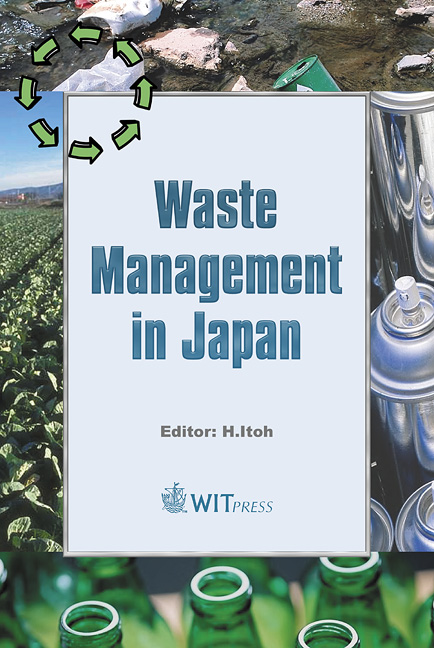Properties Of Glass-ceramics Prepared From Kira (waste By-products Of Silica Sand And Kaolin Clay Refining) And Various Additives
Price
Free (open access)
Transaction
Volume
79
Pages
9
Published
2004
Size
323 kb
Paper DOI
10.2495/WMJ040021
Copyright
WIT Press
Author(s)
K. Okada, T. Toya, Y. Kameshima & A. Nakajima
Abstract
Five different glass-ceramics were prepared from Kira (waste by-products from processing of silica sand and kaolin clay) with various additives. Mixtures of Kira with CaCO3 (mass ratio 62.7/37.3, designated sample CC), dolomite (mass ratio 65/35, CM1) and mass ratio 75/25 (CM2), and paper sludge ash waste (mass ratio 55/45, PS) were melted at 1350-1400oC, quenched in water and ground to <48 mesh. Glass-ceramic samples were prepared by re-firing these powders at 950-1100oC. The main crystalline phases formed were wollastonite in CC, diopside (in CM1), anorthite (in CM2), quartz solid solution (in PS fired at 1000oC, designated PS1) and cristobalite (in PS fired at 1100oC, designated PS2). All these glass-ceramics showed a smooth-textured shiny white appearance and had very good mechanical properties; their four point bending strengths ranged from 63 to 130 MPa and Vickers microhardness values ranged from 6.0 to 7.6 GPa. Their thermal expansion coefficients ranged from 4.7×10-6 to 8.1×10-6 /oC and their chemical durabilities towards acid (1mass% H2SO4 at 90oC) were in the range 3.6×10-9 to 93×10-9 g/(cm2.s). Their resistance to alkali (1mass% NaOH at 90oC) ranged from 8.2×10-9 to 27×10-9 g/(cm2.s). The chemical durability of these glass-ceramics is better than that in commercial glass-ceramics used as building materials. Kira waste is therefore a promising candidate raw material for glass-ceramic building materials, ceramic tiles, etc. Keywords: kaolin clay waste, silica sand waste, glass-ceramics, mechanical properties, thermal expansions, chemical durability.Keywords
kaolin clay waste, silica sand waste, glass-ceramics, mechanical properties, thermal expansions, chemical durability.




